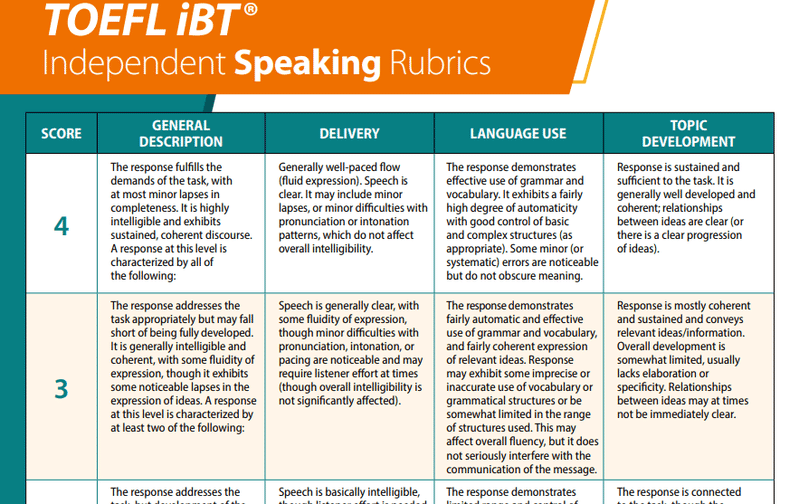
Versatile Rubrics and Student Reflection: Approaches to Scoring Rubrics (3)
Continuing from my previous two posts, let's think about the grading rubrics for writing questions in regular examinations. There are four key points to consider in a grading rubric:
Scoring Efficiency
Fairness (Addressing variations among teachers)
Self-reflection for students upon receiving their graded work
Versatility
In my earlier posts, I discussed scoring efficiency and fairness. This time, I will briefly touch on the remaining two points.
Students' Reflection upon Receiving Feedback
When students get their graded papers back, it's crucial to provide feedback that enables them to reflect on what was good and what wasn't on their own.
One method is to adopt an analytic rubric. With detailed descriptions for each evaluation item, students can look back and see where their answers fit.

However, creating an analytic rubric can be time-consuming and complex with many items to refer to during grading, which may compromise scoring efficiency. Hence, I generally do not use analytic rubrics for regular examinations.
I prioritize ease of grading and use holistic rubrics. However, one might feel that holistic rubrics are not as likely to encourage student self-reflection.
Can we expect student introspection with a holistic rubric? TOEFL's rubric provides a hint here.

Note the difference in language: high scores (5, 4) are described as "An essay at this level largely accomplishes all of the following," while scores of 3 or below are marked by "one or more of the following."
The vagueness of "one or more" is key, prompting students to think about which items their essay fits into.
Of course, students will need to be well instructed to reflect from the rubric description when their work is returned. Once students learn how to reflect from the rubric evaluation, I believe that they will be more reflective with holistic rubrics rather than analytic rubrics.
Versatility
The last point I emphasize in grading rubrics for regular exams is versatility.
Creating a new rubric for each writing task in regular exams is cumbersome. I believe the rubric should be reusable in order to lower the psychological hurdle for us teachers to assign writing tasks.
Naturally, different tasks come with different requirements. To avoid creating a new rubric each time, I use the phrase "meets the requirements of the task."
This general expression allows for the same rubric to be used for different tasks. For instance, in an essay where one must develop an argument with reasons, the logical consistency of the reasons fits under "task requirements," as would the use of comparative expressions in a compare & contrast writing task.
In-class Feedback Is Vital
Reflecting on rubric evaluations for writing tasks underscores the importance of in-class feedback.
If the key points are clearly demonstrated in class, students can realize what they lacked in their essays through their scores and rubric descriptions. Rather than specifically formalizing criteria for grading rubrics, the single phrase "task requirements" can remind them of what was emphasized in class.
Writing Instruction Involves Teaching Reflection Methods
This is of course idealistic, and I too face challenges where feedback doesn't translate well, or students don't actively reflect. Writing instruction isn't just about correcting or commenting on submitted essays. True writing instruction involves guiding students to become better writers by interpreting and utilizing the feedback, including evaluations and rubric descriptions. When returning exams, we should aim to teach not just common errors and give advice on students' products but also teach how to reflect based on rubric evaluations.
(This is an English version of my previous post, 汎用性のあるルーブリックと生徒の内省(採点用ルーブリックのあり方③).)
この記事が気に入ったらサポートをしてみませんか?
